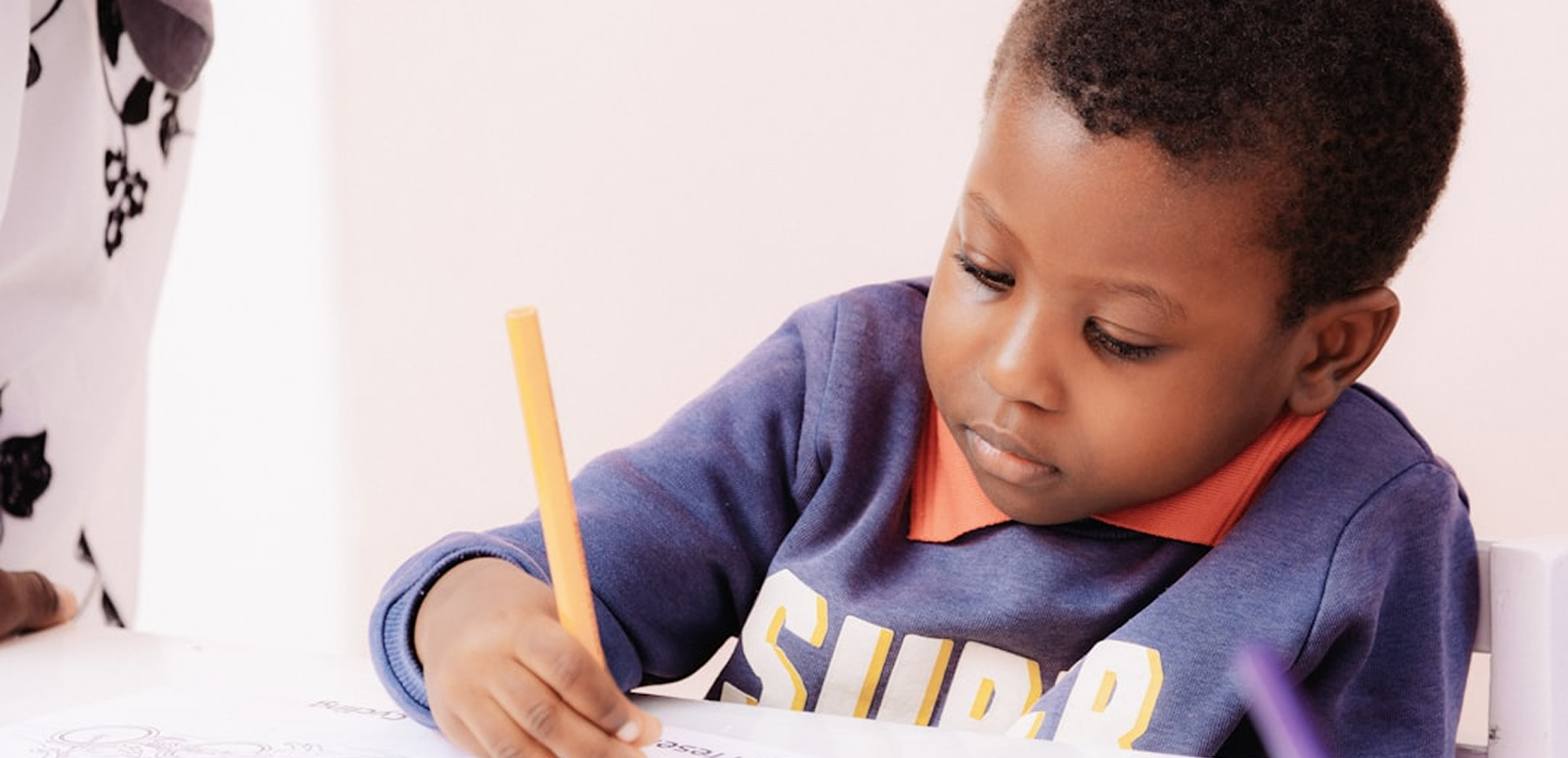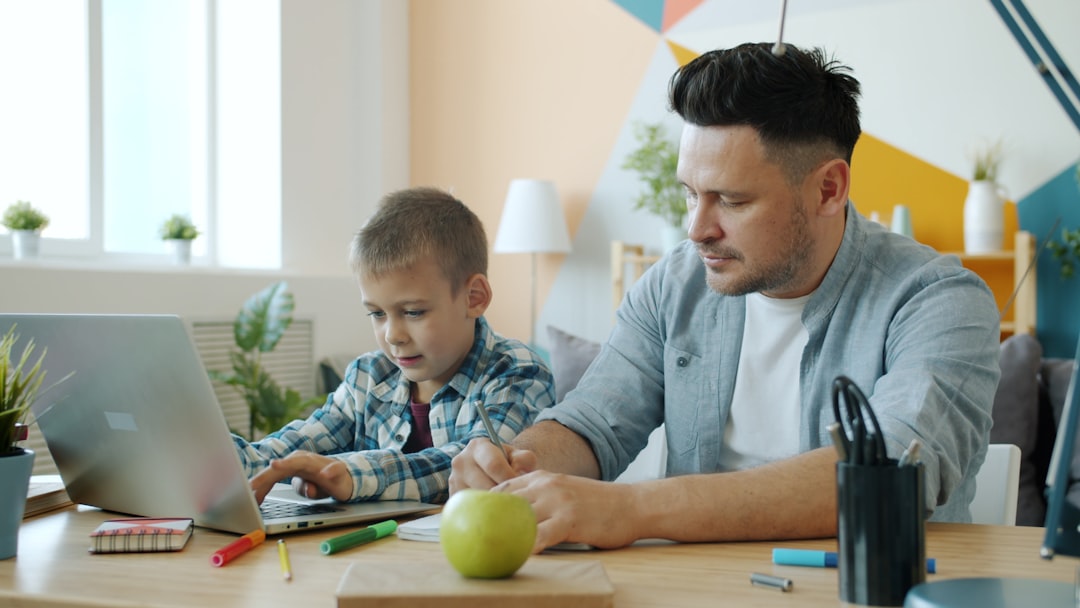
When you first hear the term "ABA therapy," you might picture one specific thing-- a child and a therapist sitting rigidly at a table using flashcards. It's a common, outdated image, and for many parents, it's a source of anxiety—it suggests that Applied Behavior Analysis is a single, hard-and-fast, one-size-fits-all clinical method.
The reality, thankfully, is far more dynamic, flexible, and encouraging.
ABA is best understood not as a single therapy, but as a vast, well-stocked, evidence-based toolbox. It's a collection of proven teaching methods used to help a child learn, communicate, and grow. The techniques used can look dramatically different depending on whether your child is 3 or 13, and whether the goal is identifying shapes or navigating a tricky social interaction.
The best modern ABA providers never stick to just one technique. Instead, they use a dynamic, blended approach, pulling from a variety of strategies—what we call ABA methodologies or interventions—to match your child's unique needs, personality, and current motivation.
This article is your guide to understanding the three major methodologies you will hear about-- Discrete Trial Training (DTT), Naturalistic Teaching, and Pivotal Response Training (PRT). Understanding these concepts will empower you, the parent, to know exactly what high-quality ABA should look like for your family.
Method 1-- Discrete Trial Training (DTT)—The Foundational Structure
If modern ABA is the comprehensive toolbox, then Discrete Trial Training (DTT) is the meticulous, specialized tool—precise, efficient, and perfect for building a strong foundation. DTT is the most structured approach, specifically designed to teach brand-new, often essential, skills quickly and clearly.

What DTT Looks Like
The core purpose of DTT is to break complex skills down into the smallest possible, manageable teachable steps. Each step is taught in a high-frequency, one-on-one exchange known as a "trial."
The structure follows a clear, predictable three-part sequence that makes learning unambiguous for the child--
- Antecedent (A)-- This is the instruction or cue given the therapist (e.g., "Touch blue.").
- Behavior (B)-- This is the child's specific response (e.g., The child touches the blue block).
- Consequence (C)-- This is the immediate, clear feedback (e.g., The therapist gives a huge smile and lets the child play with a favorite toy).
This rapid, systematic repetition, often performed dozens of times in a short block, is critical for rapid skill acquisition. The clear reward ensures the child knows exactly what behavior earned the positive reinforcement.
When and Why DTT is Used
DTT is ideal for skills that require pure clarity and focus, especially when a child has difficulty attending or processing complex instructions.
Foundational Skills-- It's indispensable for rote learning, receptive language, and building a basic vocabulary (e.g., matching shapes, identifying letters, or following essential one-step directions).
Attention Needs-- For younger children, or those with highly limited attention spans, the quick pace and rapid-fire reinforcement of DTT keeps them engaged. The payoff is fast, which is highly motivating.
Safety Skills-- DTT is often used to teach critical safety responses—for instance, consistently responding to their name or stopping immediately upon hearing the word "Stop!"
Common Parent Question-- Why can't we skip the table work? The dedicated space is purely for clarity and focus. Temporarily reducing distractions, the child can focus solely on the instruction and the learning material. This environment is essential for rapid skill acquisition and mastery.
Method 2-- Naturalistic Teaching—Learning Through Play and Environment
If DTT is the structured study hall, Naturalistic Teaching is recess—it's where the fun happens and where the skills truly come to life. This approach, which includes specific techniques like Incidental Teaching, shifts the learning from a formal setting into the child's everyday environment.

What Naturalistic Teaching Looks Like
This method is built around the child's own interests and natural environment. The therapist follows the child's motivation, embeds lessons into play, and uses the natural consequences of the activity as the reward.
Child Initiation is Key-- The learning opportunity starts when the child shows spontaneous interest in something (the antecedent). For example, your child goes to the fridge and reaches for the juice box.
Seizing the Moment-- The therapist intervenes incidentally—they hold the juice box and prompt a functional communication response (e.g., "What do you need? Say 'Open'").
Natural Consequence-- The reward is the very thing they wanted-- once the child responds (even with an approximation like "Op-en"), they immediately get to drink the juice. The reward is seamlessly integrated into the activity.
The Power of Context and Generalization
The undeniable beauty of naturalistic teaching is that the skills are immediately functional because they are learned exactly where and when they are needed.
- Learning to say "Open" happens when the child genuinely needs the therapist to open a container of bubbles.
- Learning to ask for a "Break" happens during a frustrating game of building blocks, teaching them a coping mechanism in the moment of stress.
- Learning how to share a toy happens when a peer is right there wanting it.
Common Parent Question-- Does this just look like structured play? Yes! It absolutely should. The most accurate modern answer is that it looks like fun, highly motivating play with a clear purpose. The key difference is that every interaction is a teaching opportunity strategically captured and structured the trained therapist (RBT).
Method 3-- Pivotal Response Training (PRT)—Targeting Core Drivers
While DTT and Naturalistic Teaching focus on teaching specific skills, Pivotal Response Training (PRT) targets the core, internal drivers of learning. PRT is often considered a "naturalistic" approach, but it has a specific focus.
PRT gets its name because it focuses on pivotal areas—changes in these fundamental areas lead to massive, widespread improvements across many skills the child wasn't even specifically taught.
The Four Pivotal Areas
PRT focuses on four key, interdependent areas that are essential for long-term, independent development--
- Motivation-- Increasing the child's desire and enthusiasm to initiate communication and participate in learning.
- Child Initiation-- Teaching the child to start interactions (with peers or adults) rather than just passively respond to them.
- Response to Multiple Cues-- Helping the child attend to more than one thing at a time (e.g., attending to both the color and the shape of a block simultaneously).
- Self-Management-- Teaching the child to monitor their own behavior, regulate their emotions, and make appropriate choices independently.
The PRT Difference-- Quality Over Quantity
PRT emphasizes the quality of the interaction and the child's sustained interest. The child becomes a more powerful, independent learner who seeks out learning on their own.
Focus on Attempts-- The therapist rewards effort, not just perfection. If the child attempts to say "ball" and says "bah," the therapist rewards the attempt and gives them the ball. This encourages them to keep trying without fear of failure.
The Outcome-- Instead of teaching 10 words, PRT focuses on dramatically increasing the child's motivation and initiation to communicate, which naturally leads to the child acquiring and using a much wider range of skills through their own curiosity.
Synthesis-- The Modern, Blended Approach and the Importance of Generalization
If the list of ABA interventions is the orchestra, the BCBA (Board Certified Behavior Analyst) is the conductor. Ethical, modern ABA is a masterful blend of the methodologies described above. The BCBA acts as the clinical architect, carefully selecting and adjusting the methods to build a program specific to your child at any given moment.

Generalization-- The Real Goal
The whole point of using multiple methodologies is to achieve generalization. This simply means the skill learned in one environment (like asking for "juice" in therapy) is successfully transferred to all other environments (asking for "juice" at Grandma's house, at school, or with a sibling).
- DTT teaches the skill acquisition (the child learns the new word).
- Naturalistic Teaching forces the skill practice in real-world contexts.
- PRT increases the motivation to use the skill spontaneously.
Common Parent Question-- How Does the BCBA Decide Which Methods to Use?
The BCBA conducts a detailed, individualized assessment (using standardized tools like the ABLLS-R or the VB-MAPP) and factors in the child's chronological age, developmental age, and current skill deficits, as well as their unique preferences and motivators.
Age and Goal-- A young child who needs to learn basic receptive language might start with DTT blocks. An older child learning to manage complex routines will be spending most of their time in Naturalistic Teaching scenarios that model real-life independence.
Current Performance-- The plan is a living document. If a child is struggling to generalize a skill (they know 'clean up' at the clinic, but not at home), the BCBA will shift the teaching methodology from structured DTT to a Naturalistic Teaching approach in the home environment to promote that generalization.
Your Power as a Parent-- Vetting the Right ABA Blend
Stepping into the world of ABA can feel overwhelming, but understanding that it is an umbrella of flexible, dynamic, and proven strategies equips you to make informed decisions.
Modern ABA is not rigid. It is a highly creative science that uses Discrete Trial Training when structure is needed, employs Naturalistic Teaching when play is the best teacher, and utilizes Pivotal Response Training to build core motivation.
Demand a provider who expertly blends these different teaching methods. This action ensures your child gets a program that is truly customized, compassionate, and effective for their unique journey toward independence and growth.







